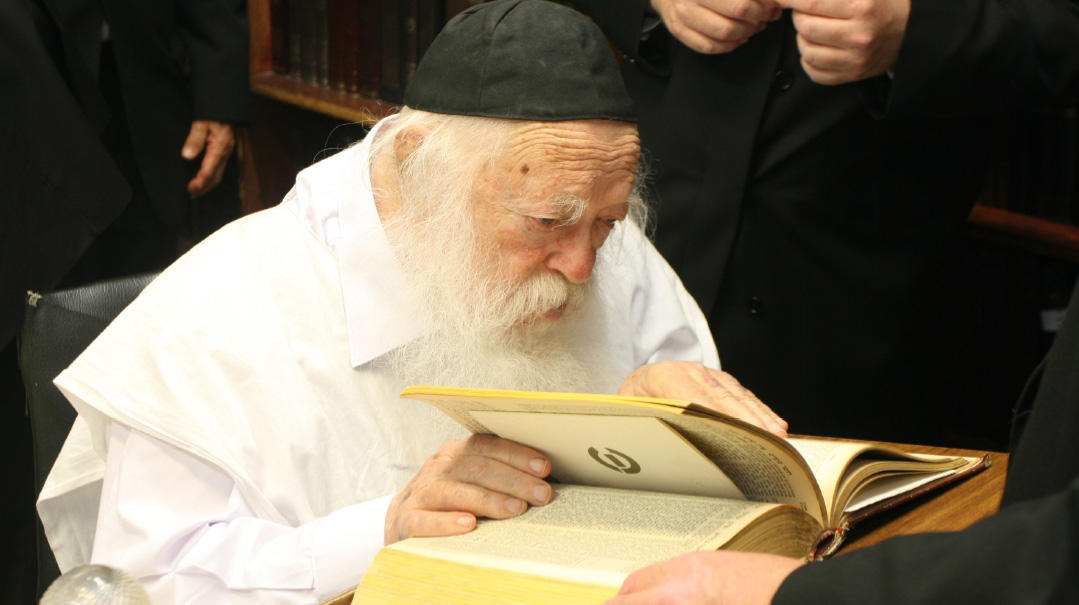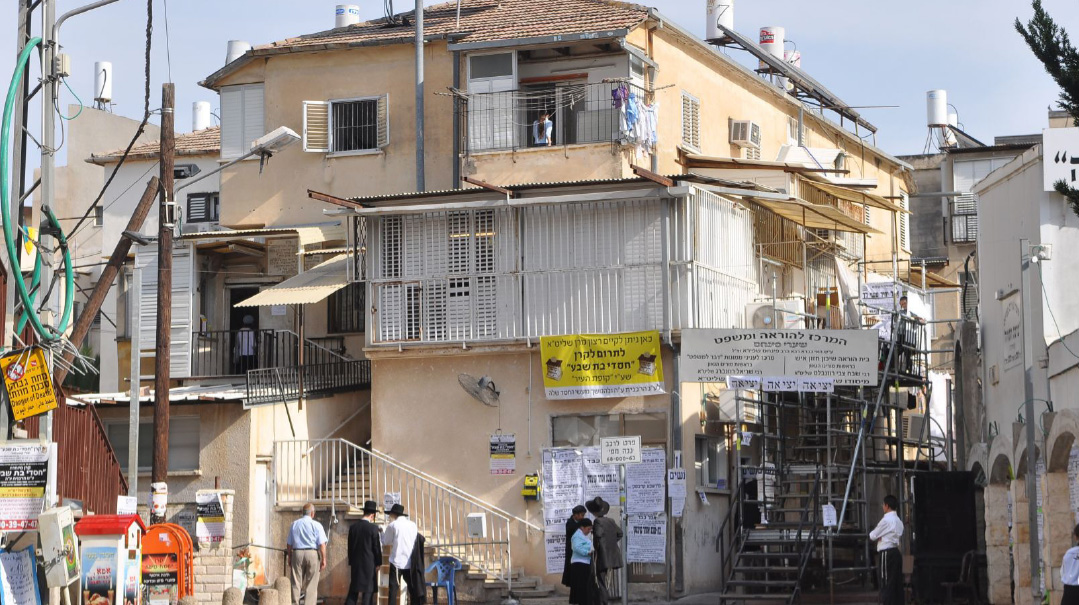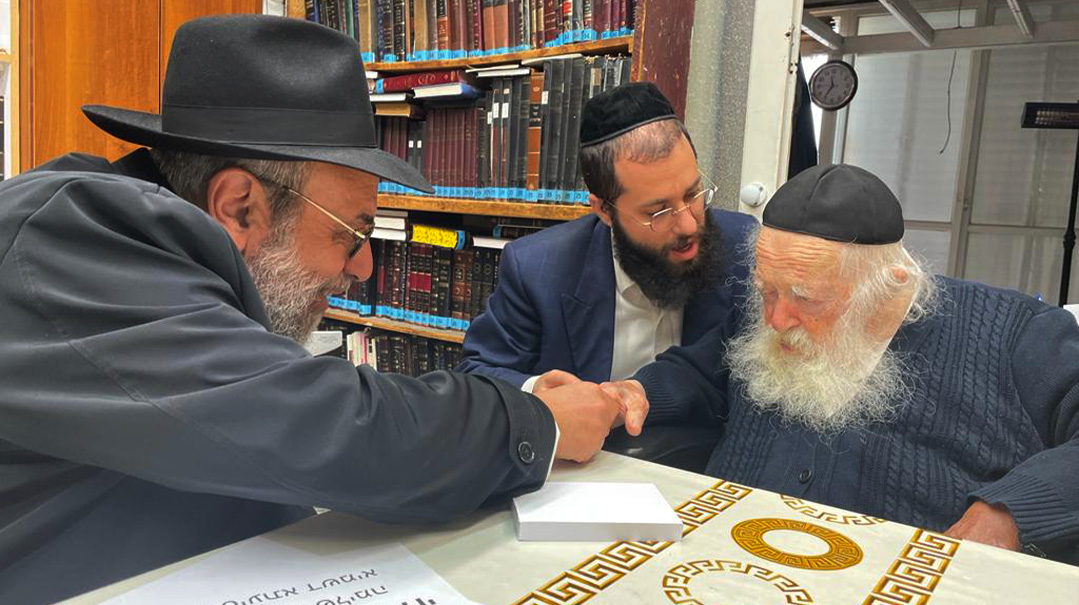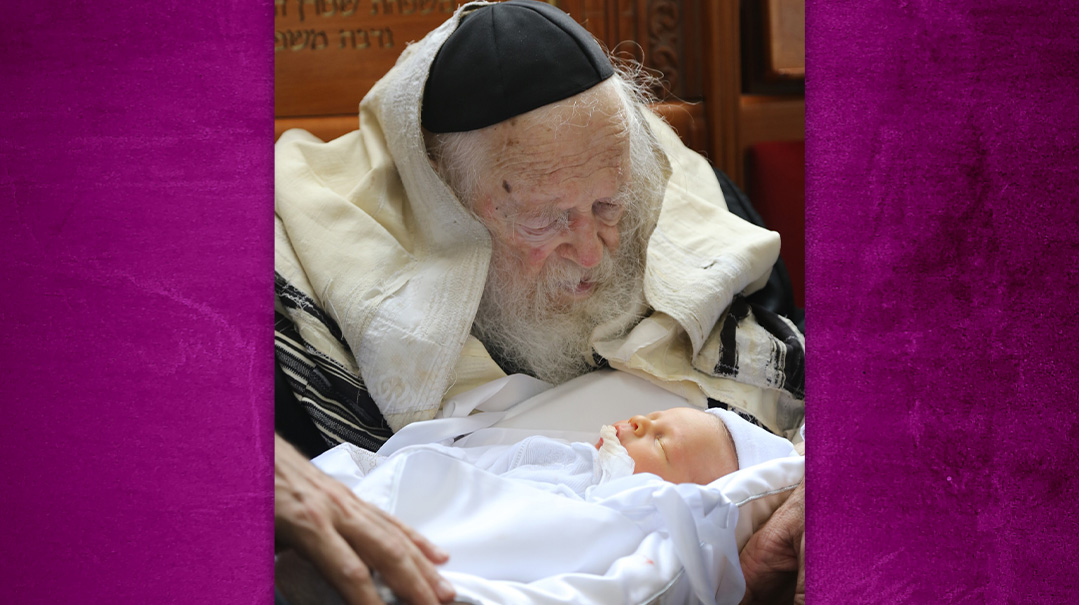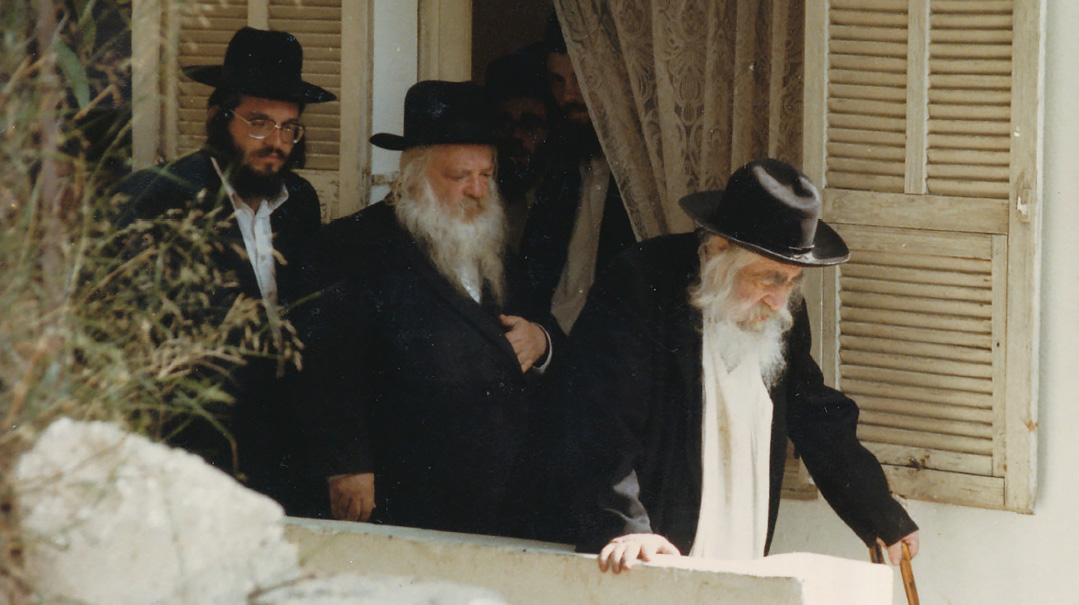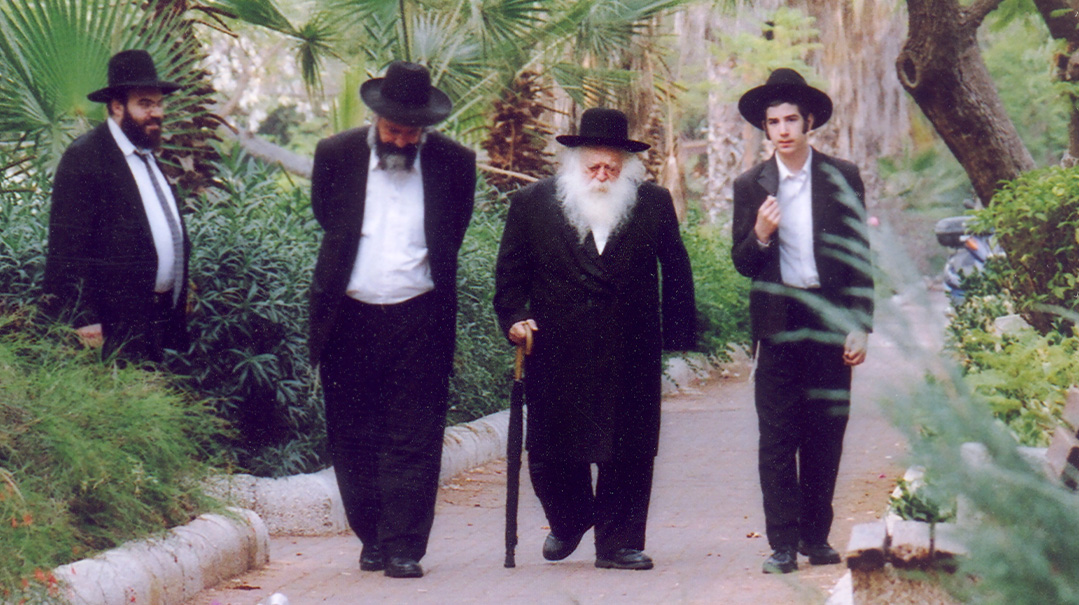Holy of Holies
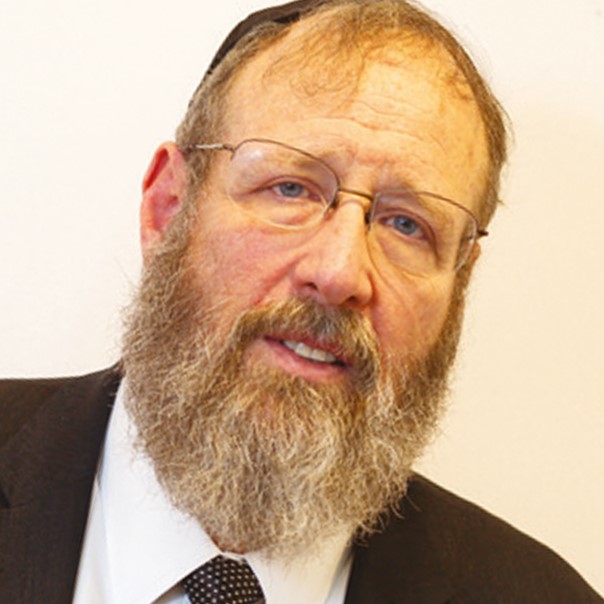
Rav Chaim Kanievsky ztz”l was the Kodesh Hakodoshim of our generation
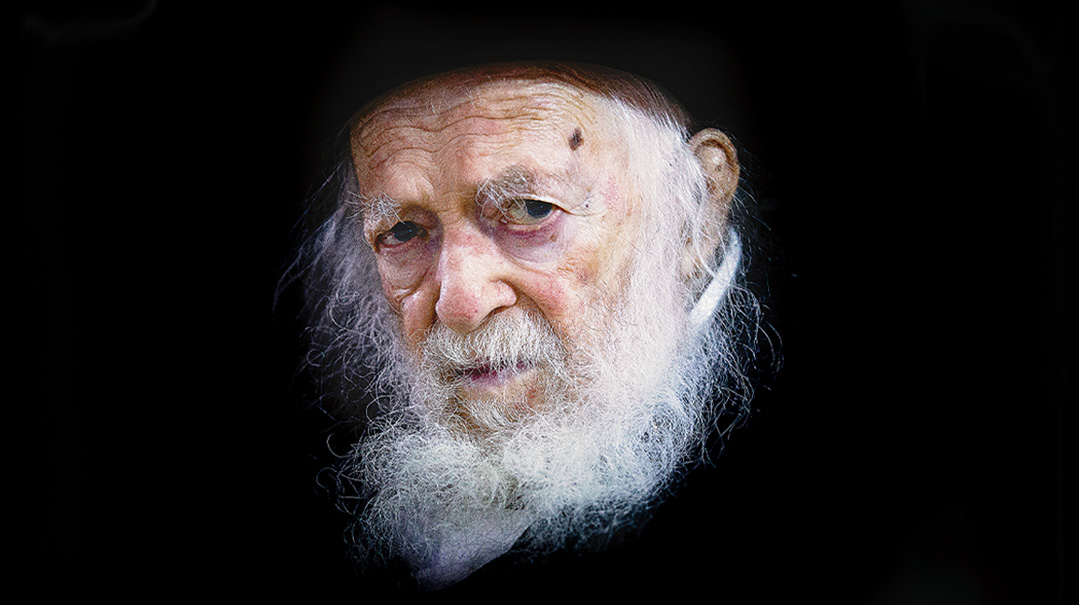
AS
the throngs began pouring in from all corners of Eretz Yisrael, it began feeling eerily like an aliyah l’regel.
Except that aliyah l’regel used to bring us together in the joy of Yom Tov, and now we were brought together with the deep mourning of aveilus. But we were brought together at a point of focus for all the divergent members of Klal Yisrael. A point of focus that brings us back to the times when the Mikdash was that point of focus for Klal Yisrael.
At the very center of Klal Yisrael stood the Mishkan, and later, the Beis Hamikdash. From there, Klal Yisrael drew its spiritual nourishment and inspiration.
The Beis Hamikdash itself consisted of three circles:
The outermost circle, surrounded by a wall, was the courtyard. Within this courtyard stood the Mizbeiach. There, the multitudes of Klal Yisrael would come and bring sacrifices so they could be cleansed of their sins, their leprosy and other impurities. There, they would offer gratitude to HaKadosh Baruch Hu for saving them in times of trouble, and to acknowledge and reach out to Hashem in every way conceivable to a mortal, mundane human being living his everyday life.
Every single Jew — farmer, laborer, businessman and artisan — would return to this spiritual “home” to touch base with HaKadosh Baruch Hu three times a year. Fattened, robust cattle were trotted through the courtyard, where they were transformed into spiritual offerings to Hashem.
Inside this courtyard was the next circle. There stood the Heichal — the Temple building itself. Only the spiritual nobility of Klal Yisrael, the Kohanim, were allowed inside. No animals ever crossed the threshold, and even the blood of animals was allowed in only for extraordinary sacrifices. The avodah in the Heichal involved the refined oil, incense, and the bread of the Lechem Hapanim.
Although outsiders were not admitted into the Heichal, they did catch a glimpse of the otherworldly spirituality therein. We learn that “the brides in Jerusalem would be steeped in the perfume of the incense” (Yoma 39b); “the light of the Menorah testified to the entire world that the Divine Presence dwelled in Israel” (Shabbos 22b); and “The Shulchan with the bread was lifted up three times a year so that the pilgrims outside could witness Hashem’s love for Klal Yisrael” (Yoma 21b). Indeed, the Mikdash proper was a place for the elite, but every Jew could catch a glimpse of it and absorb a sense of the kedushah residing within it.
Finally, we come to the innermost enclosure, the Kodesh Hakodoshim — the Holy of Holies. It was totally closed off, inaccessible to everyone. Even the Kohein Gadol, who entered once a year, did so surrounded by a veil of smoke that obscured everything. Furthermore, no divine service per se was performed within this enclosure except for the Yom Kippur service, the purpose of which was to cleanse the Kodesh Hakodoshim of any sin and impurity that had affected it.
What, then, was the purpose of the Kodesh Hakodoshim, if not divine service?
The answer is that the “divine” can never be tangible to us. True that at its lowest level of expression, the “divine” does becomes an interaction between man and HaKadosh Baruch Hu, but it draws its validity from a place that is beyond human interaction.
The Kodesh Hakodoshim is that “place beyond.” It is the center of everything, and every interaction with Hashem is actualized through its presence, but it itself is “beyond.”
Chazal expressed this concept when they described the Aron’s position in the Kodesh Hakodoshim. It was placed so that the poles by which it was transported created a protrusion into the Paroches — the curtain covering it. Chazal describe this as resembling the “bosom of a woman” (Yoma 54a), hinting to us that the Aron, with the Luchos inside, nourish the entire Beis Hamikdash. Yes, the Kodesh HaKadoshim was veiled and completely separate from us, but in some deep way, it was the source of the kedushah for the rest of the Beis Hamikdash.
Oops! We could not locate your form.

